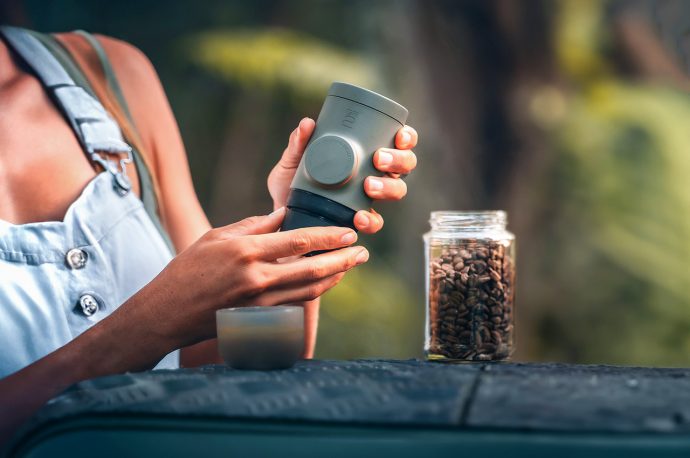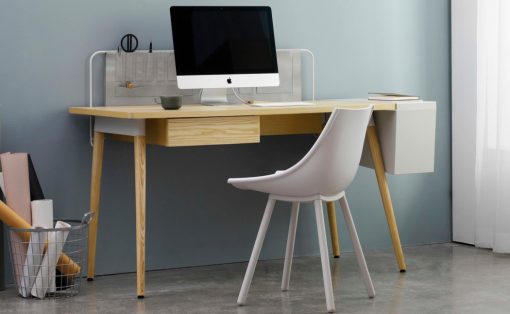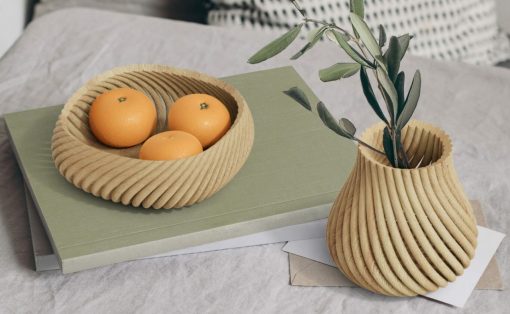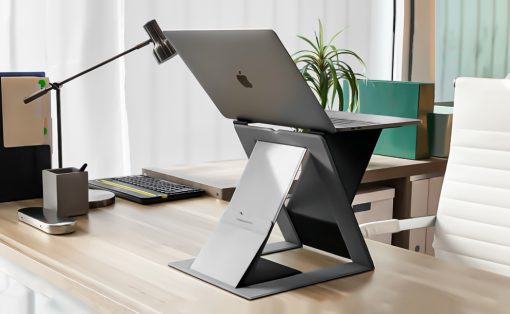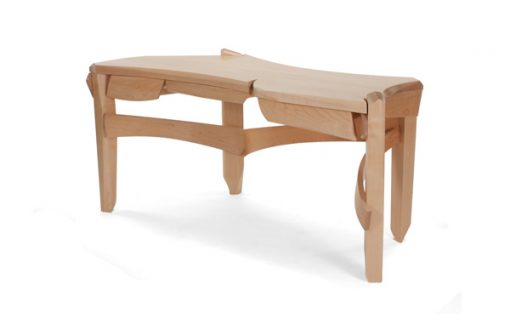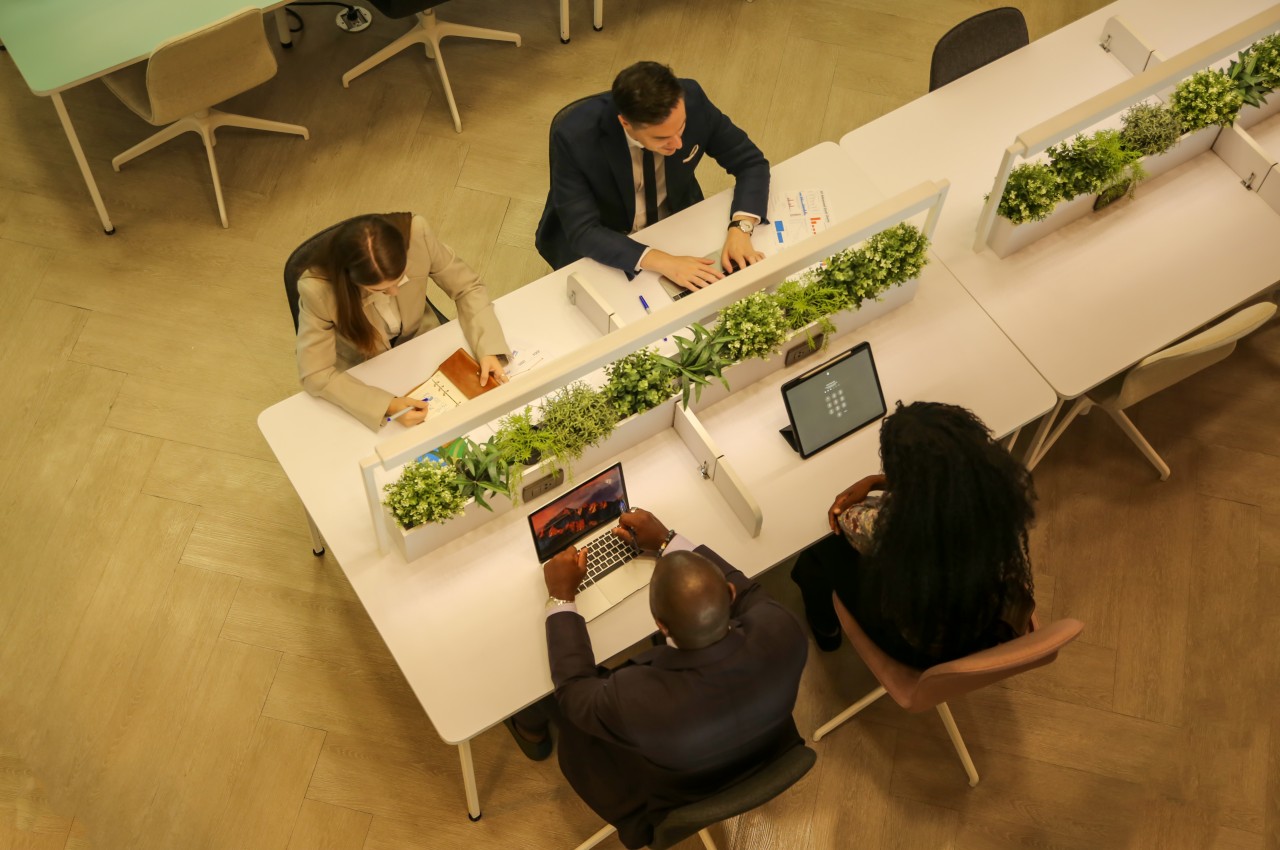
Employees spend a significant amount of time in offices, which can be stressful, hence biophilic design elements can help combat these challenges of urban life. Biophilic office design bridges the gap between urban environments and our natural inclinations, aiming to enhance mental and physical health through natural materials, light, and patterns. Research indicates that it boosts employee well-being and contributes to financial gains for businesses. Here are 10 ways to integrate biophilic design principles into existing office spaces.
Image courtesy of: FoToArtist_1
1. Incorporate a Green Wall
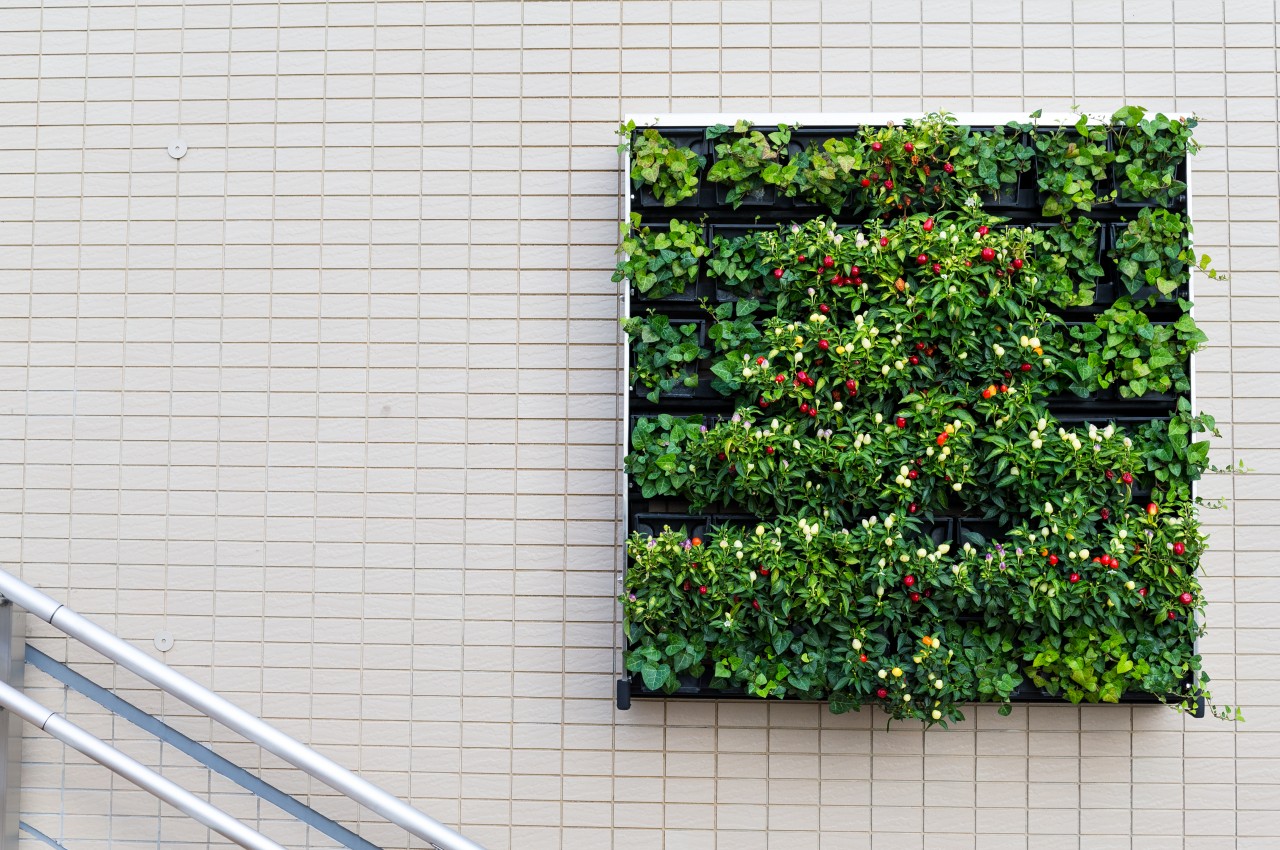
Image courtesy of: leungchopan
Green walls, or living walls, are one of the easiest ways to incorporate biophilic design into your office, as transforming a whole wall into a living wall can be visually stunning. If you are looking for an affordable option, then hang vertical planters or use wall-mounted planters for a similar effect. For maximum impact, try to place the green wall in a high-traffic area to allow frequent interaction with nature during the workday.
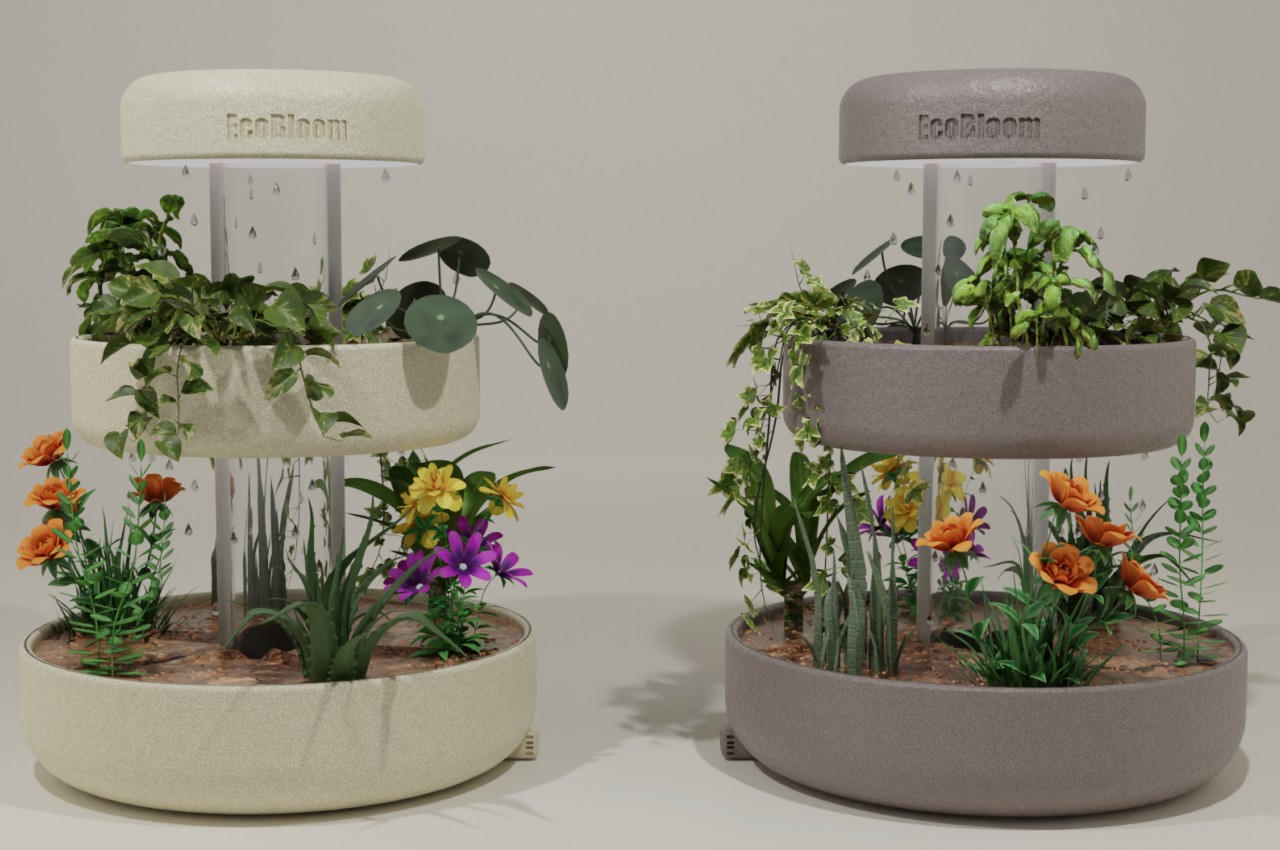
Designer: Saiyami Jhaveri
Ecobloom, a concept device, aims to streamline the process of indoor gardening by automating most tasks. Equipped with soil moisture sensors and drippers, it ensures plants receive the right amount of water at the perfect time, reducing the guesswork and labor involved. Additionally, artificial grow lights eliminate the need for sunlight exposure, providing a convenient solution for office spaces seeking to incorporate greenery without the hassle of manual maintenance.
2. Bring in Natural Light
Maximize the natural light in your office space, and if you are renovating, opt for large fixed and operable windows. Eliminate obstructive elements like heavy curtains or bulky blinds, and rearrange furniture to enhance light flow. It is highly recommended to go for an open-plan design to bring in more natural and expansive daylight.
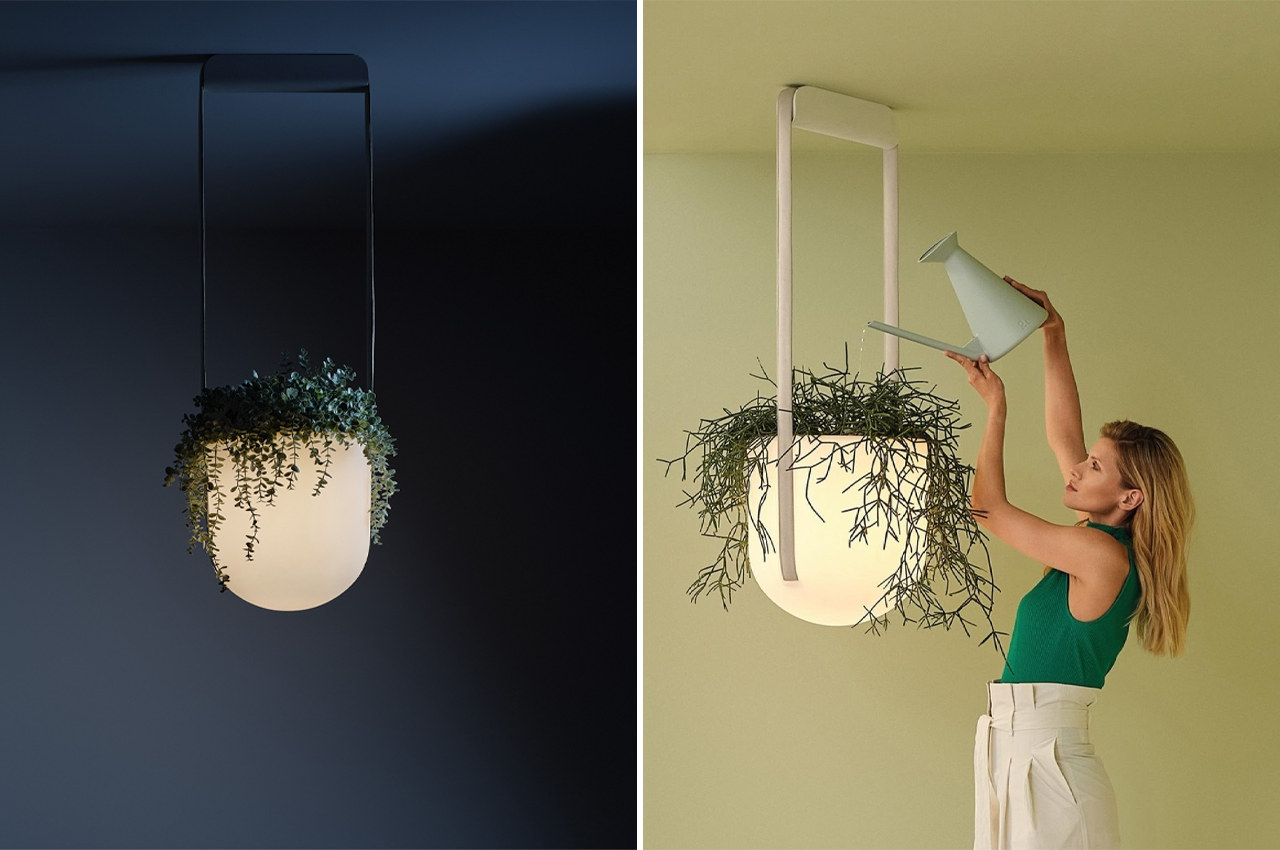
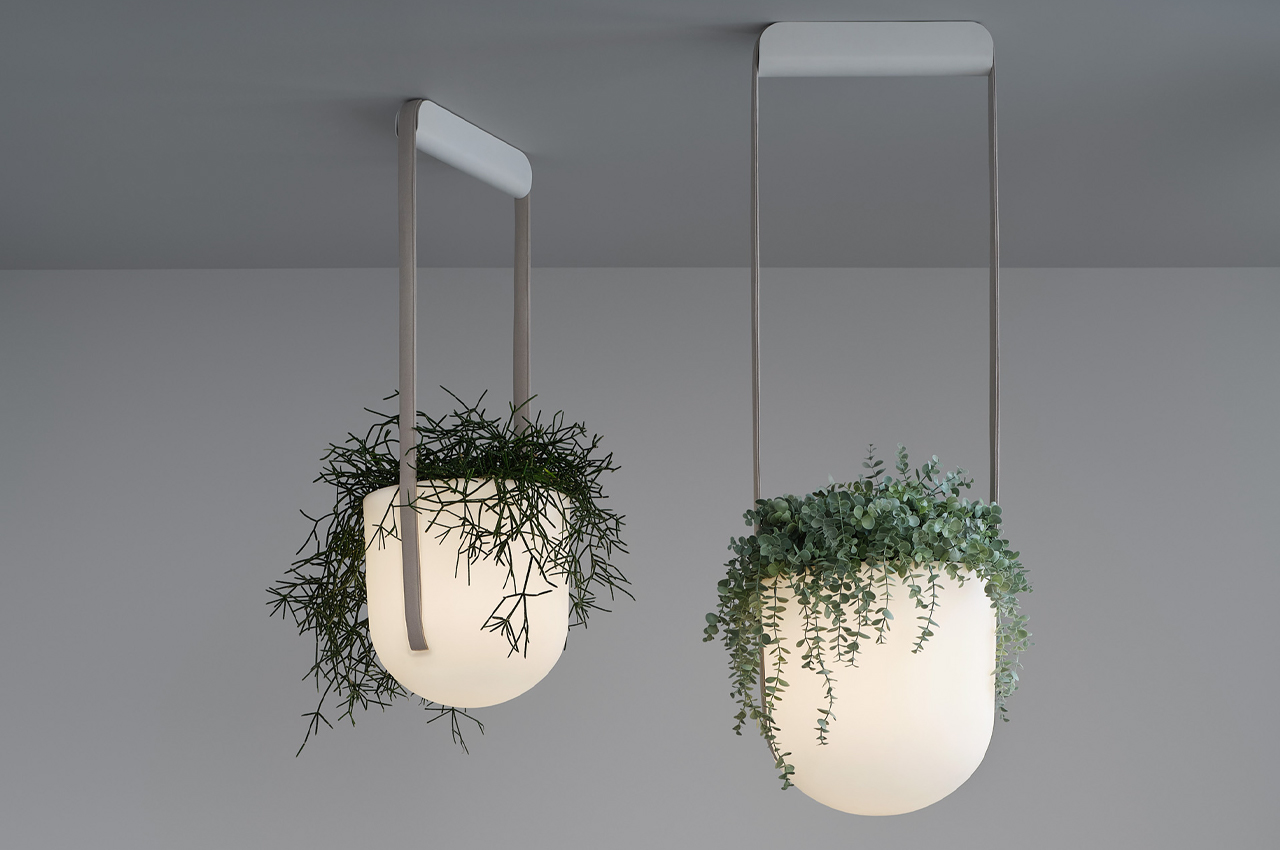
Designer: KABO & PYDO
Jungle is a dual-purpose fixture—a light and a planter—suspended from the ceiling by two long fabric straps. Biophilic design, especially relevant in-home settings, inspired its creation. Designed by KABO & PYDO, this piece combines nature with interior design. It’s simple, capsule-shaped design emits a warm, diffused light, ideal for relaxation. Watertight and modern, it seamlessly integrates into any living space.
3. Add Tactile Surfaces
Introduce various textures and introduce organic shapes in the furniture. For example, consider using natural stone materials for the backdrop of the reception table or conference room, or employ slatted wood panels to create a tactile effect. Even wall art can serve as a medium to incorporate tactility into the overall decor.
4. Say Yes to Natural Materials
When furnishing the workplace, prioritize natural materials over synthetic ones. Introduce patterns like floral or botanical in the fabric and upholstery to bring a hint of nature into the indoors. Additionally, opt for sustainable wooden tables instead of plastic ones, or select natural leather upholstery instead of PU leather.
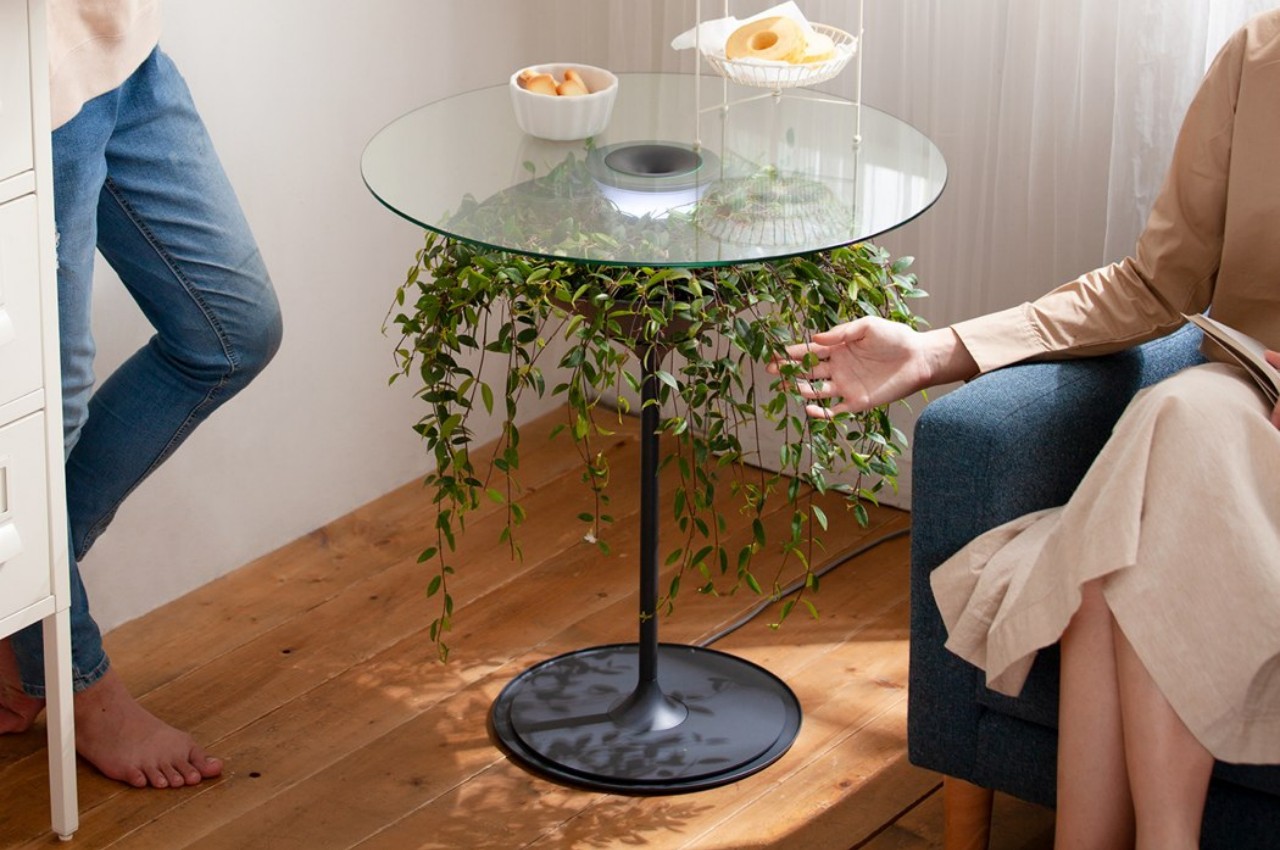
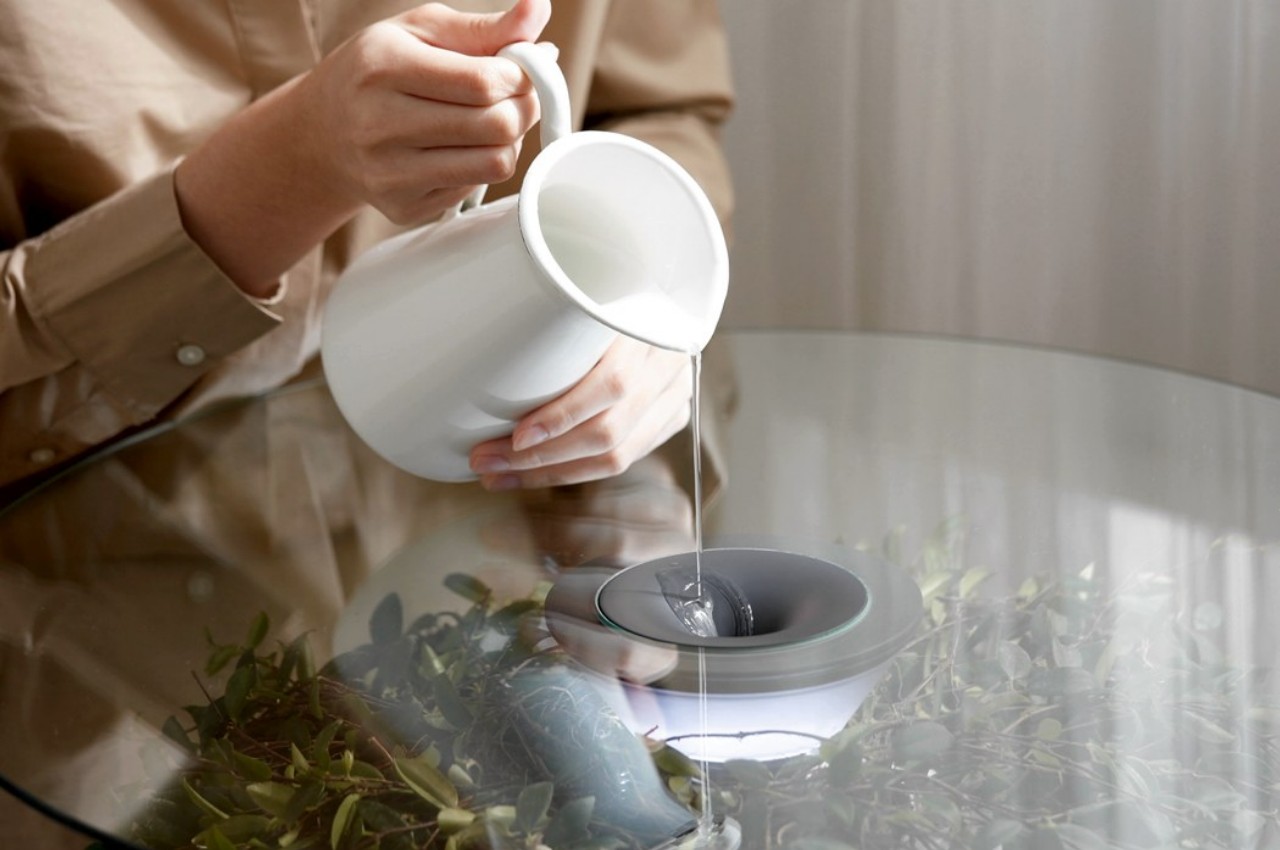
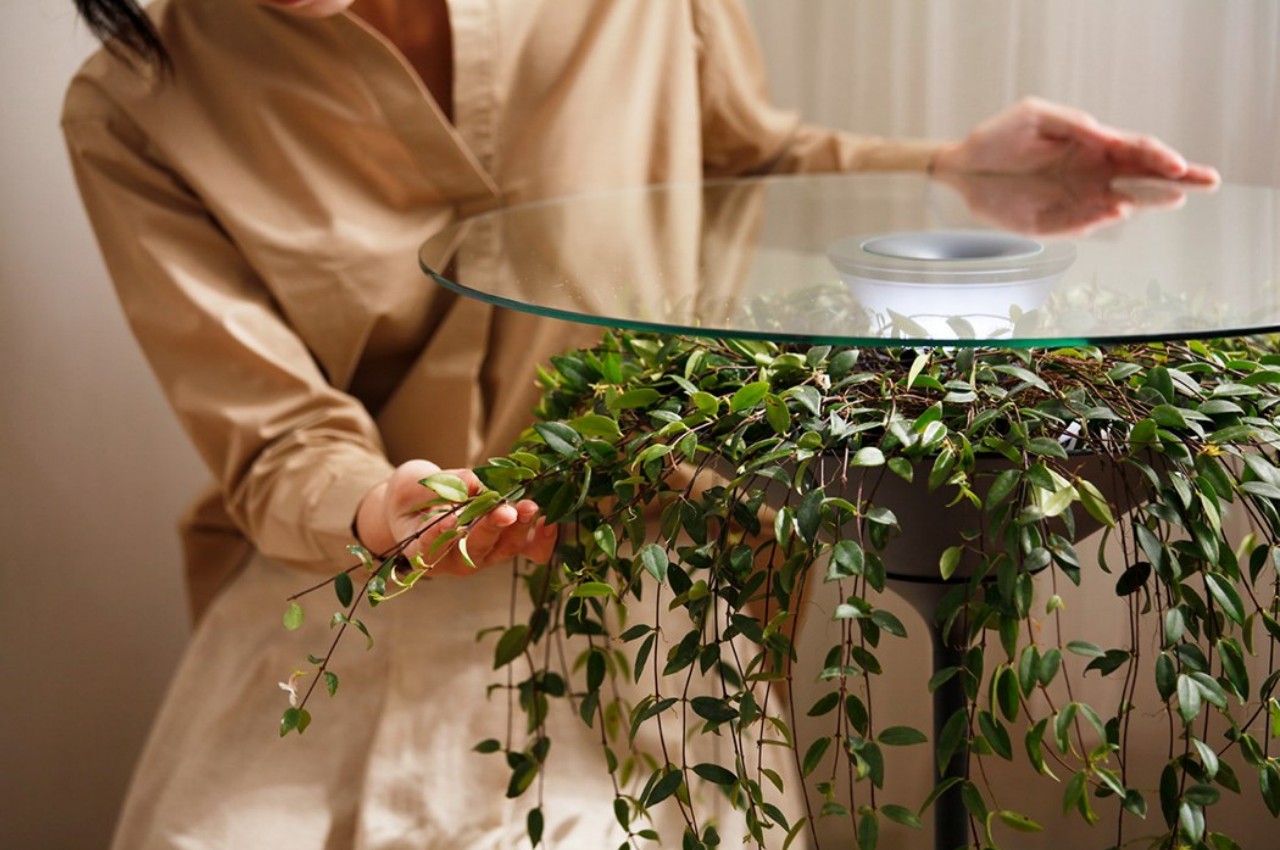
Designer: Pei-Ju Wu
Designer Pei-Ju Wu’s creation, The Oasis, seamlessly combines a planter, side table, and lamp into a versatile furniture piece ideal for any living room. This innovative design blurs the boundaries between functionality, with a planter base illuminated by integrated LED lights and a smart funnel system ensuring optimal hydration. The capillary action aids in plant moisture replenishment, while a central glass tabletop with a drainage funnel ensures efficient water flow to the soil. Additionally, an LED strip provides essential lighting for the plants and doubles as ambient illumination, all set within a sleek, dark gray frame with a green-reflective glass top, enhancing the overall aesthetic and highlighting the lush greenery.
5. Add Wall Art
Art serves as a wonderful stress reliever, infusing interiors with lively colors and energy. It can also become the focal point of an office. Incorporating spaces for artwork that celebrate nature and local history can boost employee morale and promote a sense of togetherness. Think about engaging local artists to craft murals or display sculptures and handicrafts that highlight the deep connection between humans and nature.
6. Incorporate Earthy Colors
Explore nature-inspired colors as they can significantly influence staff well-being, with several studies indicating that dull colors may have negative effects. Some of the earthy color shades include terracotta, sage green, Sandstone, Rust, and so on.
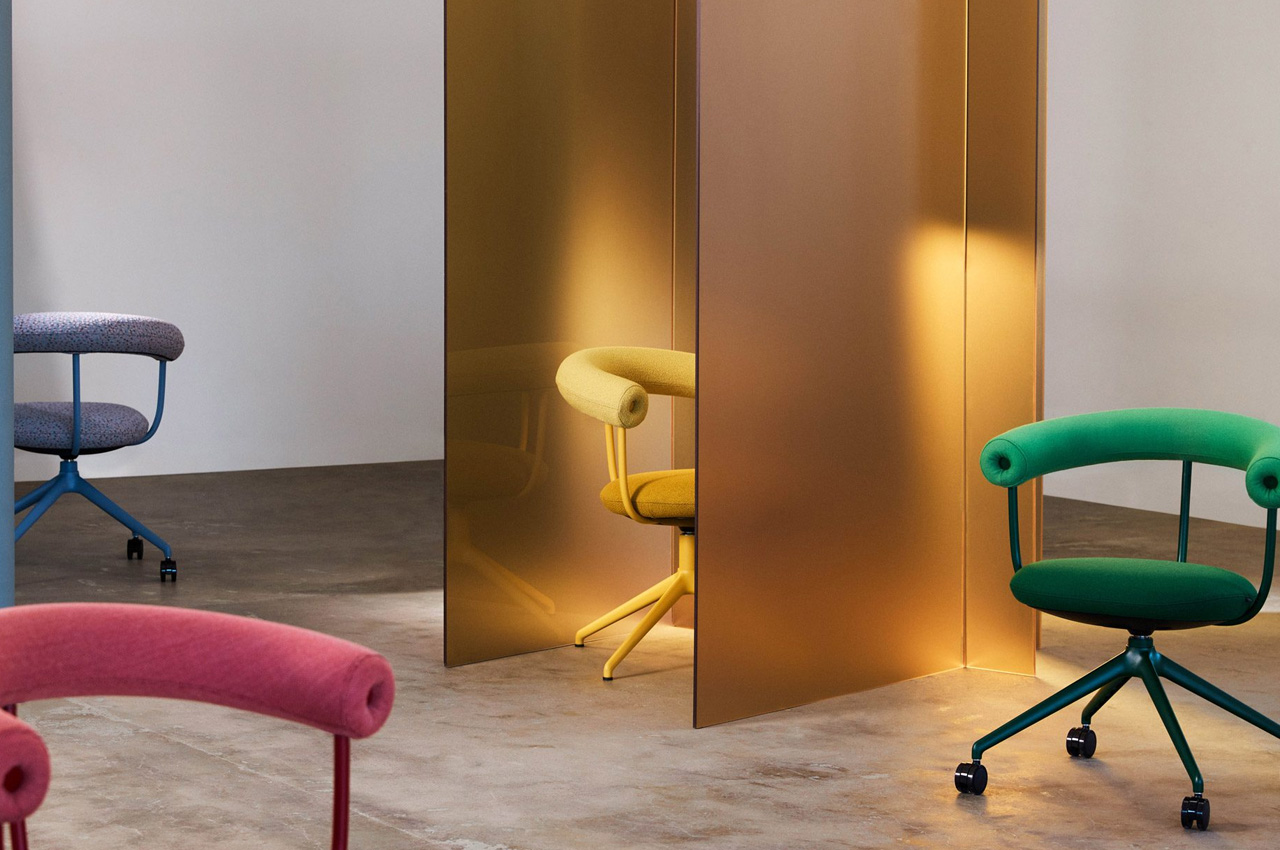
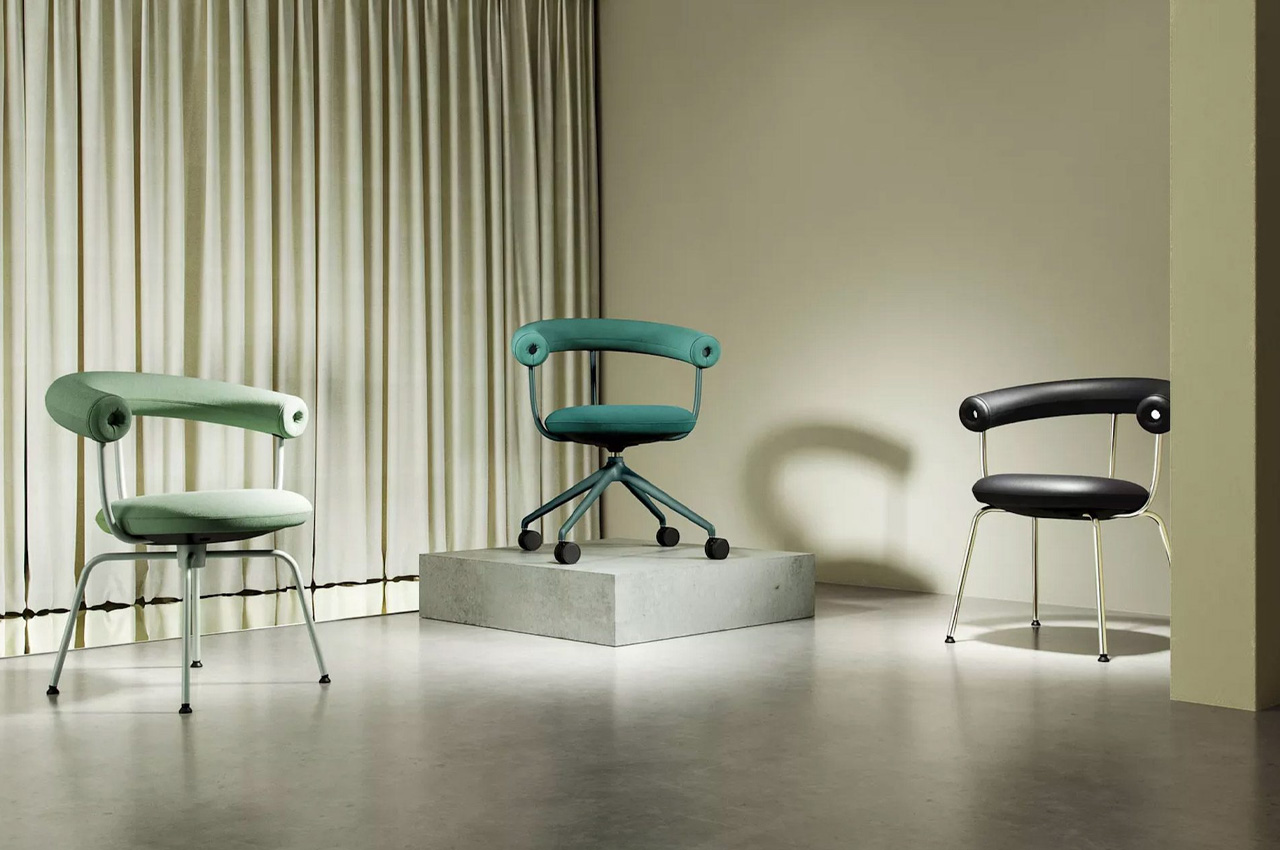
Designer: Skogstad and Wærnes for Fora Form
Well-chosen office furniture is essential for creating a productive and comfortable workspace, with the chair being a key component. Fora Ferm’s Bud Chairs, designed by Skogstad and Wærnes, offer a playful alternative to traditional office seating. Featuring a metal frame with various leg configurations and a padded seat cushion, these chairs are both visually intriguing and functional. Available in a range of finishes, including fabrics and leather upholstery, and with options for repair and replacement, they offer durability and versatility. With bright color options to choose from, they add vibrancy to the workspace and can be mixed and matched to create a dynamic office environment.
7. Beautify with Potted Plants
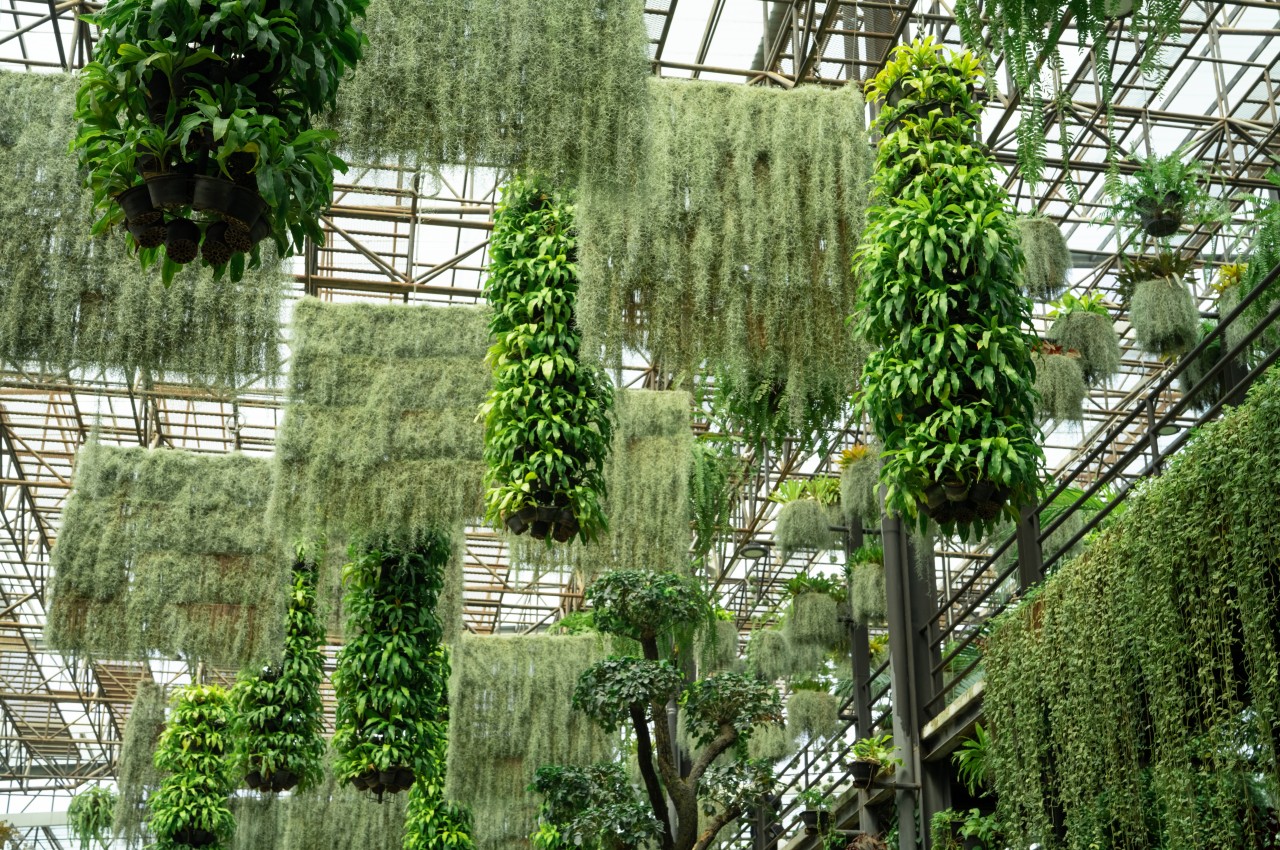
Image courtesy of: Fahroni
Ample foliage is essential in biophilic design, where there’s no such thing as too many plants. Planters are a straightforward and elegant solution for adding greenery to the workplace. Aim for a cohesive flow of greenery by using rectangular planters to line pathways or create small plant clusters to create respite in the overall décor.
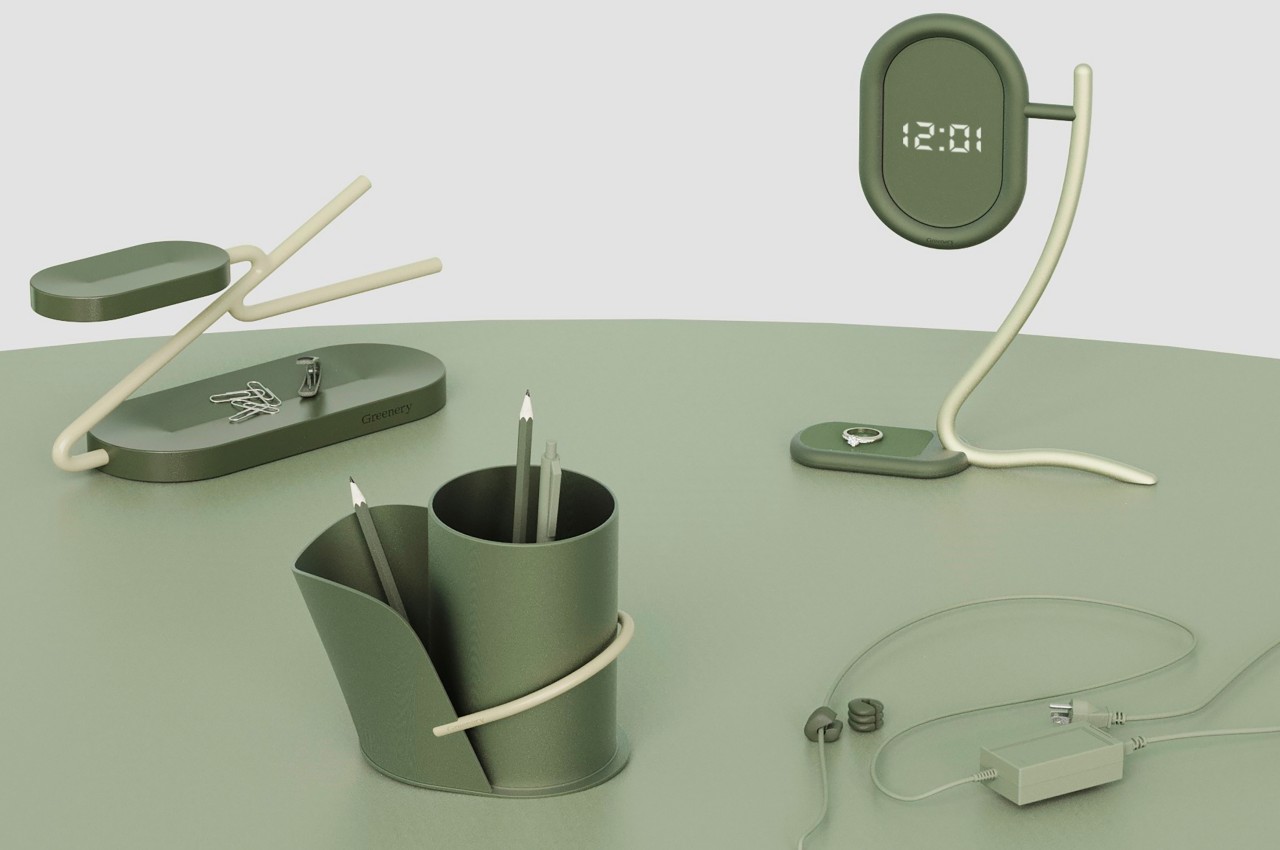
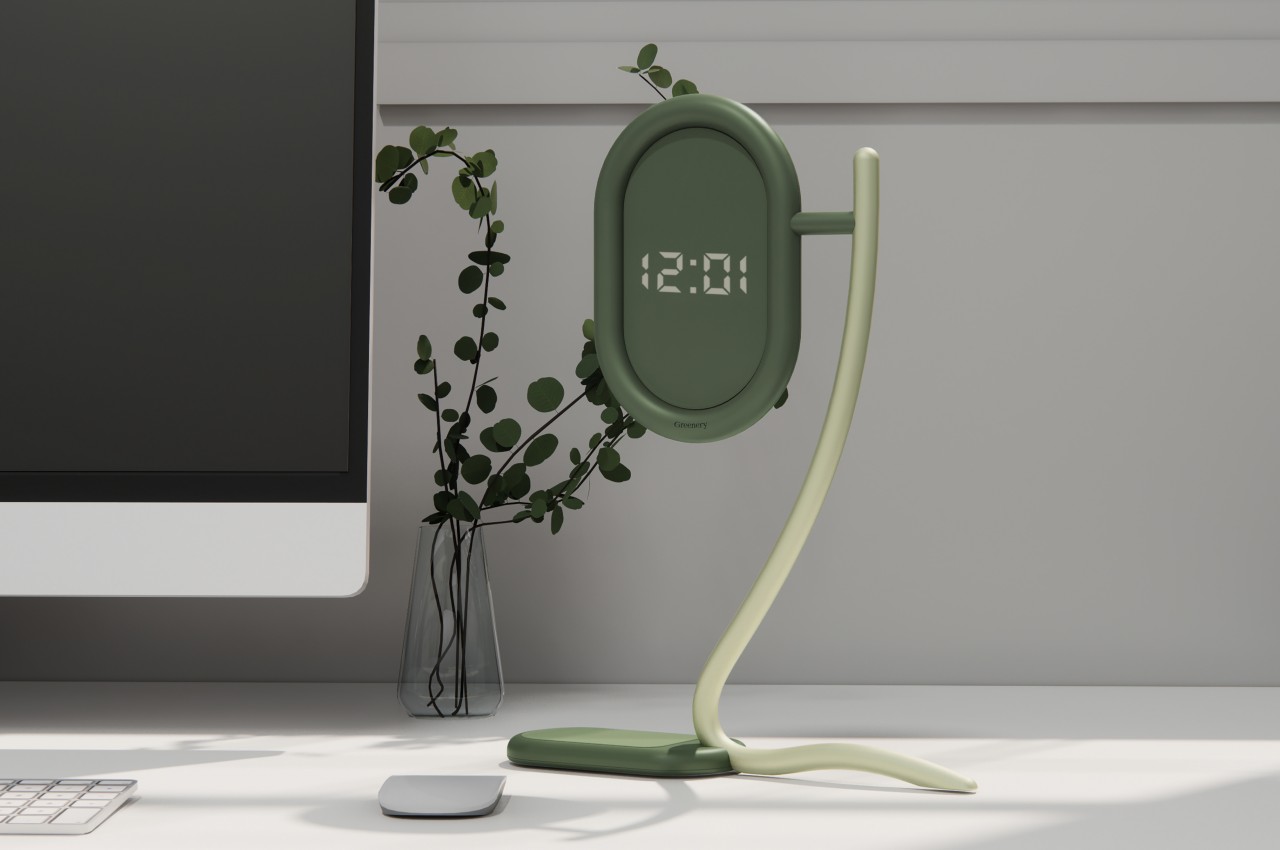
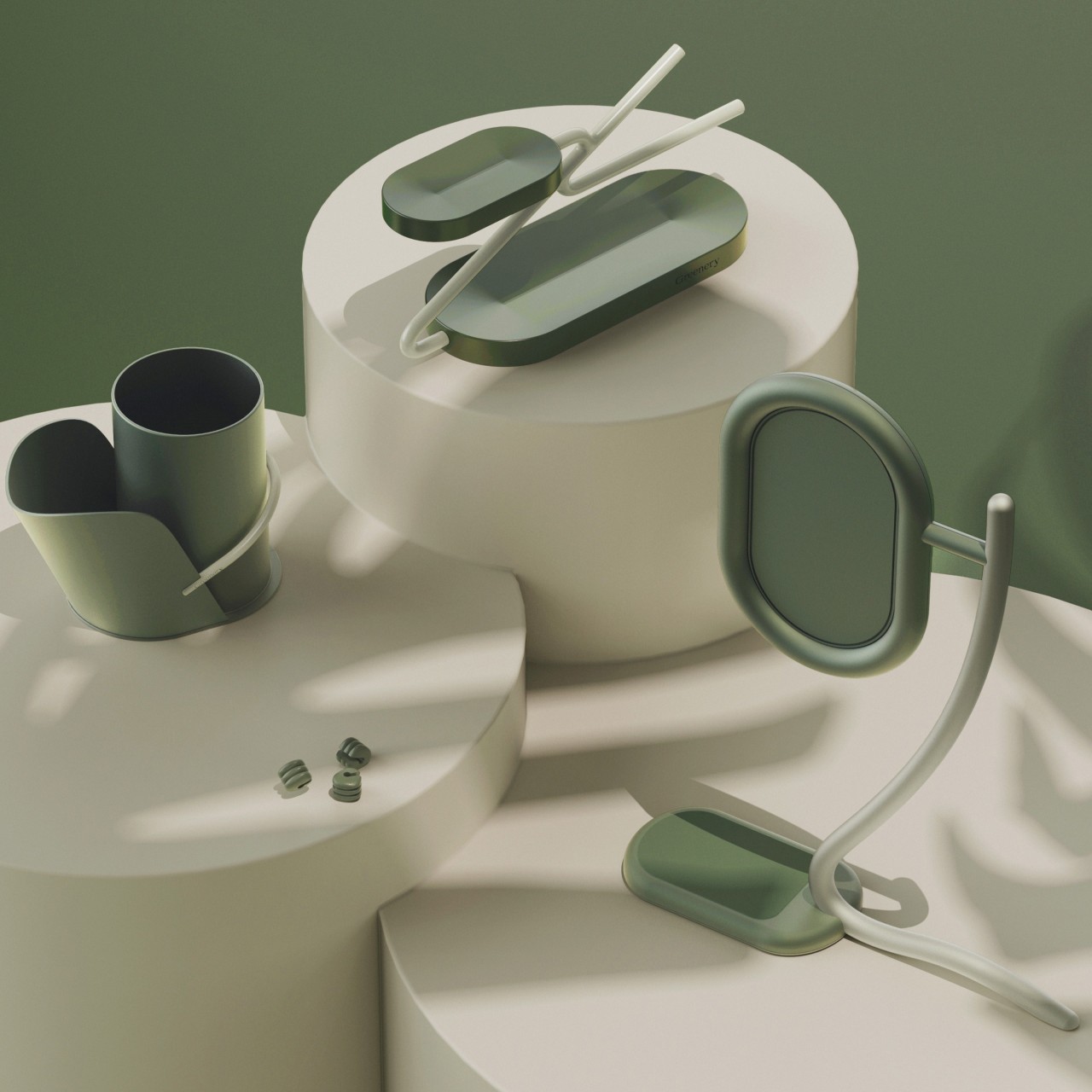
Designers: Gahnghyun Yi, Jiwon Lee, Chaeyeon Ha
Plants have long inspired creators across disciplines, from scientists to designers. These desk accessories aim to evoke the calm and tranquility of real greenery. The Greenery Pencil Holder resembles a bamboo stem with a leaf, offering two compartments. The Greenery Clock features a minimalist design with a hidden compartment, while the Greenery Tray provides storage and hooks for hanging items. The Greenery Cable Holder organizes cables in a circular design. Together, they bring a touch of nature to your desk, blending functionality and aesthetics seamlessly.
8. Improve Indoor Air
Good air quality is vital for the health of employees and customers, and airflow mimics nature, a key part of biophilic design. To improve air quality, use air filters, enhance indoor-outdoor ventilation, and ensure ample plant presence in the office.
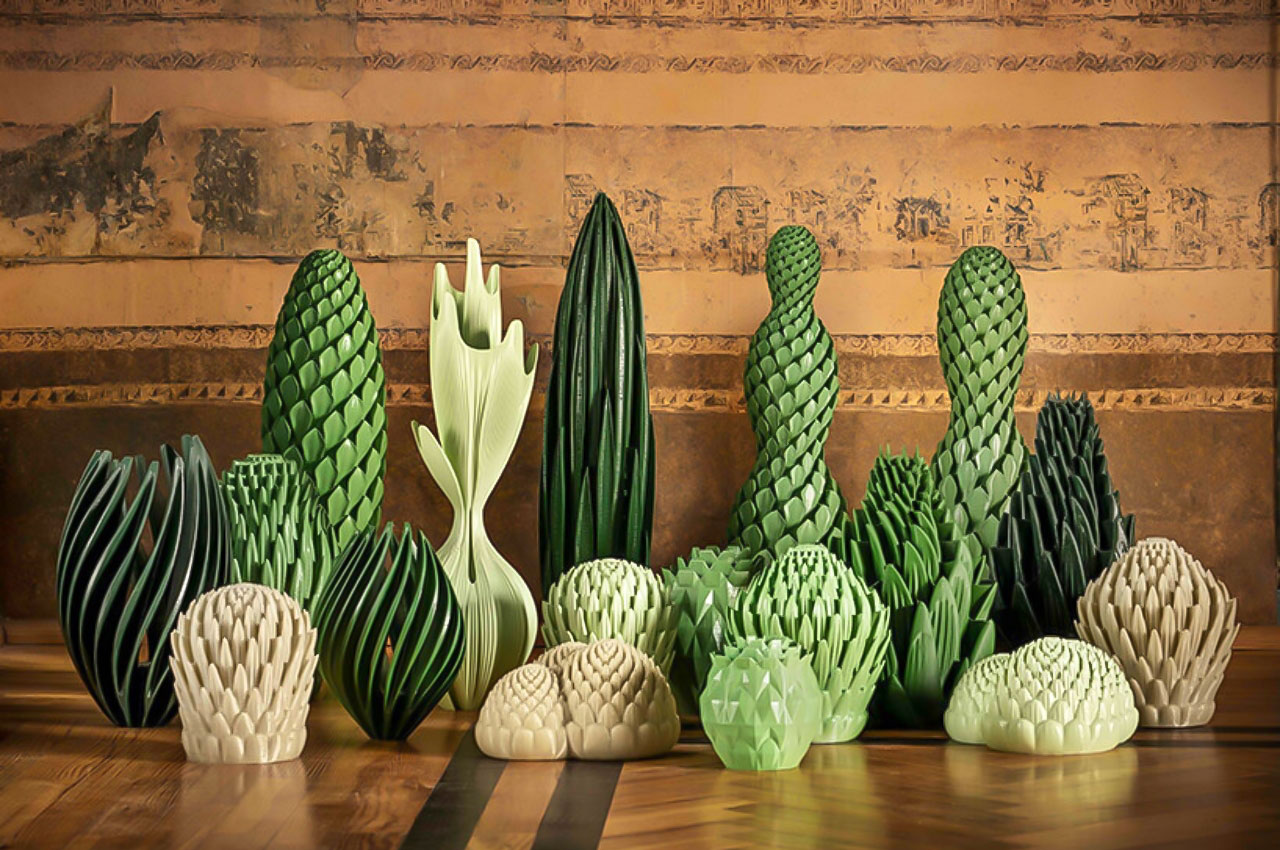
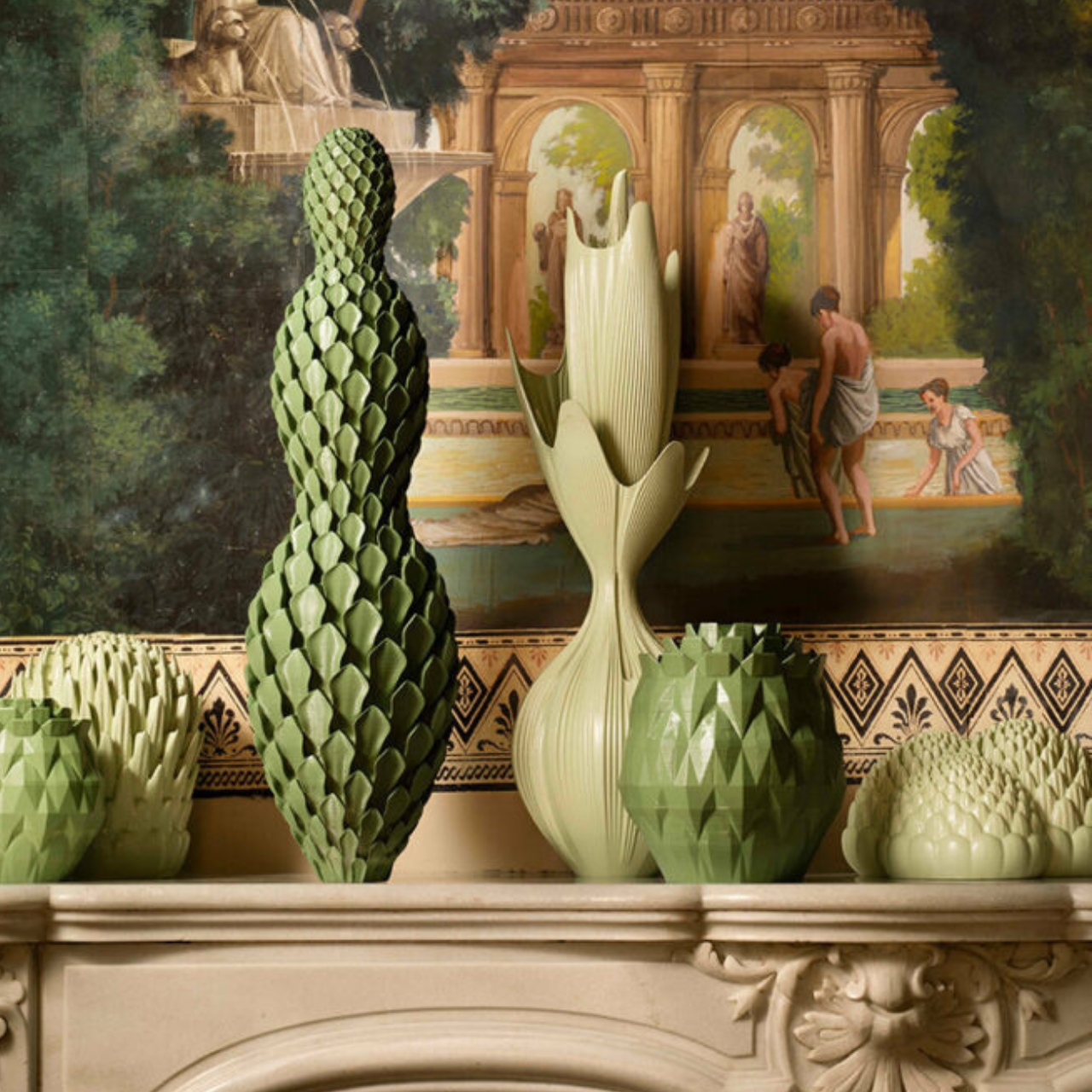
Designer: External Reference
Living plants can improve indoor air quality, but not everyone can maintain them. Barcelona-based company offers Pure Plants, 3D-printed sculptures that resemble plants and function as air purifiers, using Pure. Tech technology. Made from sustainable biomaterial, these sculptures come in various designs and colors, providing a low-maintenance option for cleaner indoor air and decorative appeal.
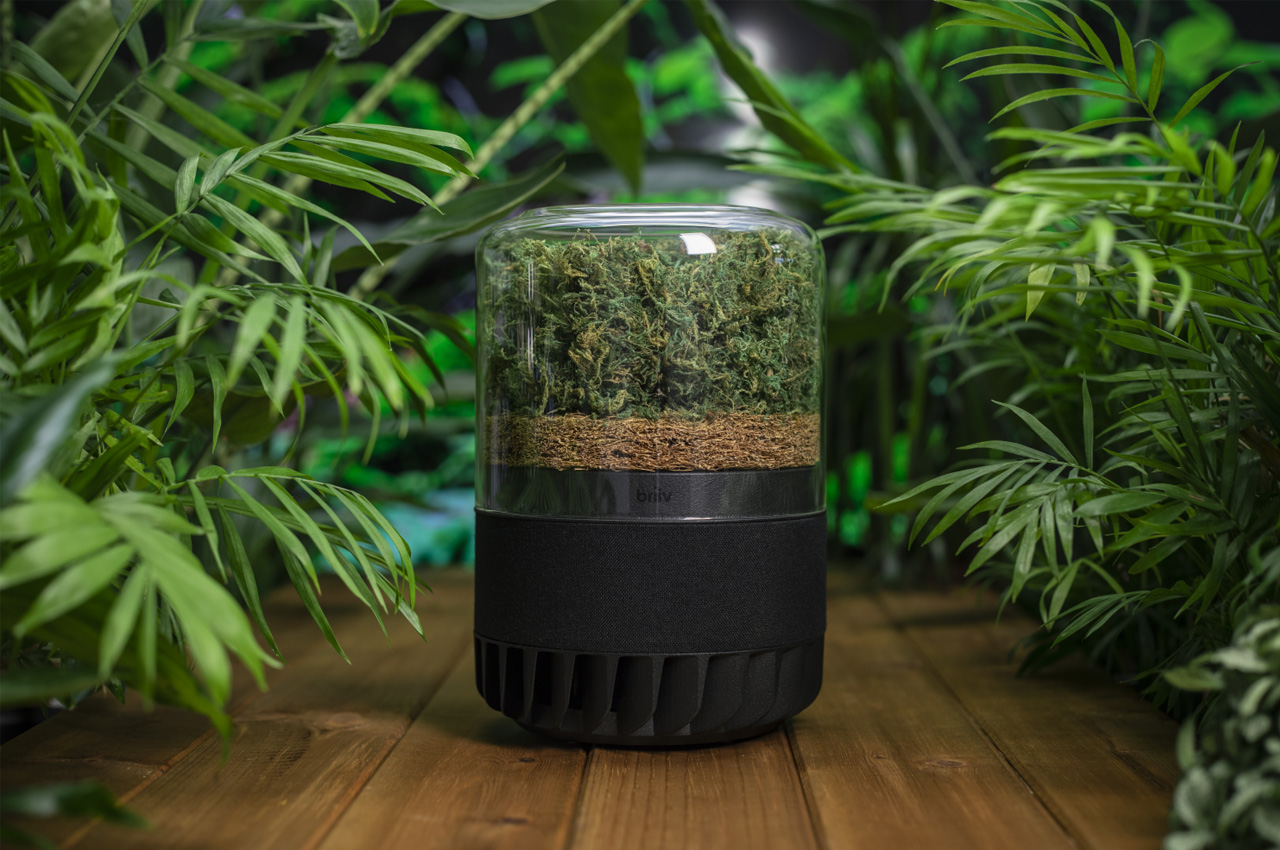
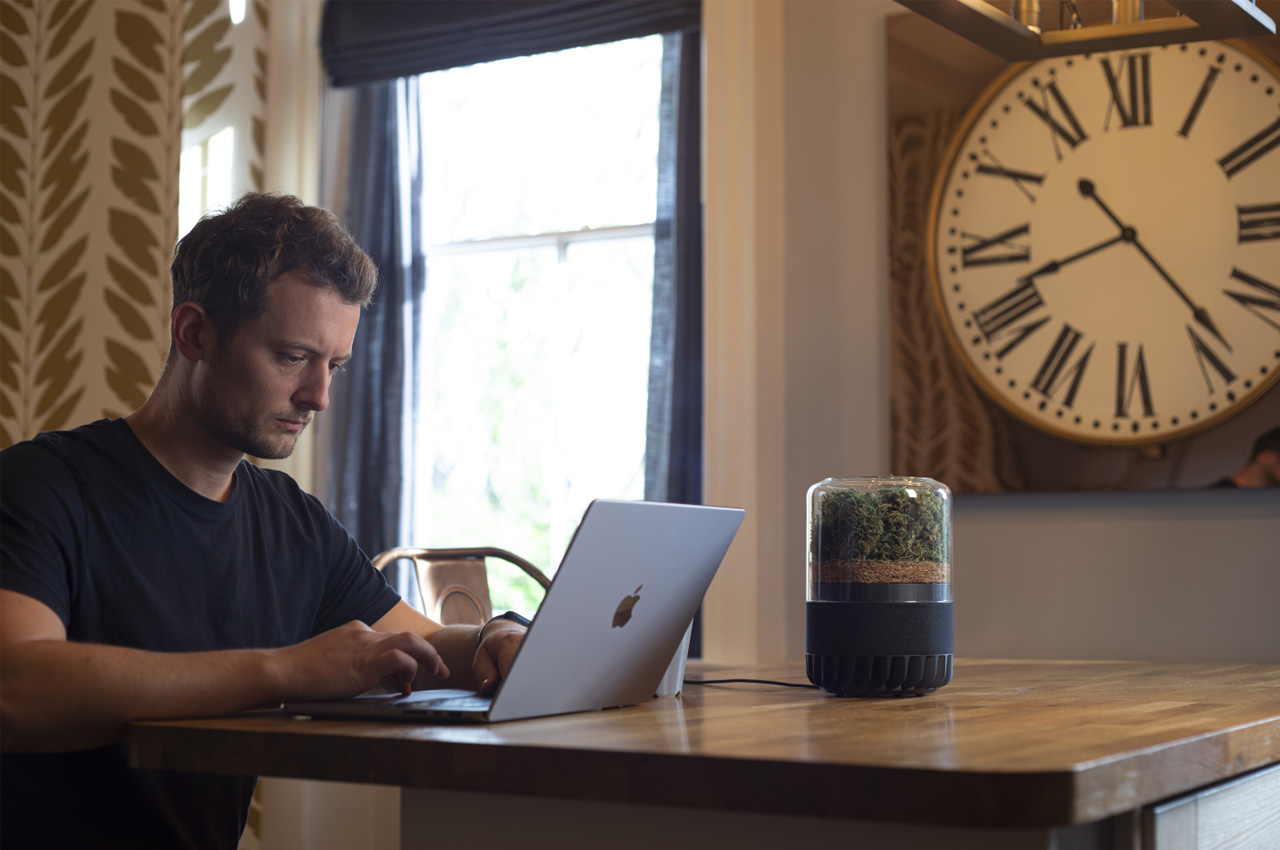
Designers: Sean Sykes & James Whitfield
Briiv Pro addresses air purification with nature-inspired technology. Its ‘mini forest’ design can purify a 16 sq.m. room in just 21 minutes, making it significantly more effective than traditional house plants. AI-based sensors activate the purifier automatically, while Zen Mode allows multiple units to synchronize operation for comprehensive air purification. Additionally, a built-in chamber for essential oils doubles as a fragrance diffuser, offering a versatile solution for cleaner and fresher indoor air.
9. Incorporate Water Features
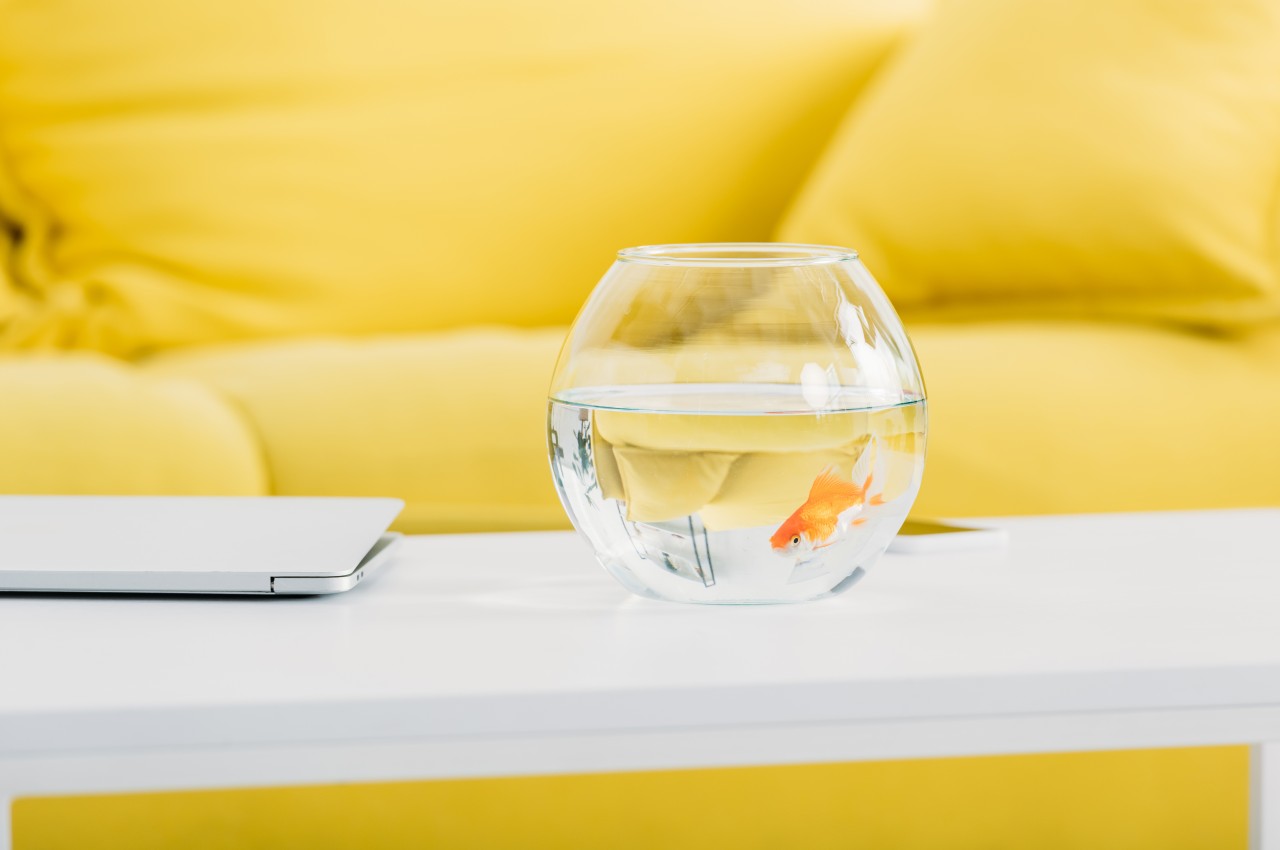
Image courtesy of: LightFieldStudios
Incorporating water enhances biophilic design alongside indoor plants. A small fountain, for example, can create a tranquil focal point amidst a busy office. Water, deeply intertwined with life, brings harmony to the workplace with its soothing sound.
10. Breakout Zones
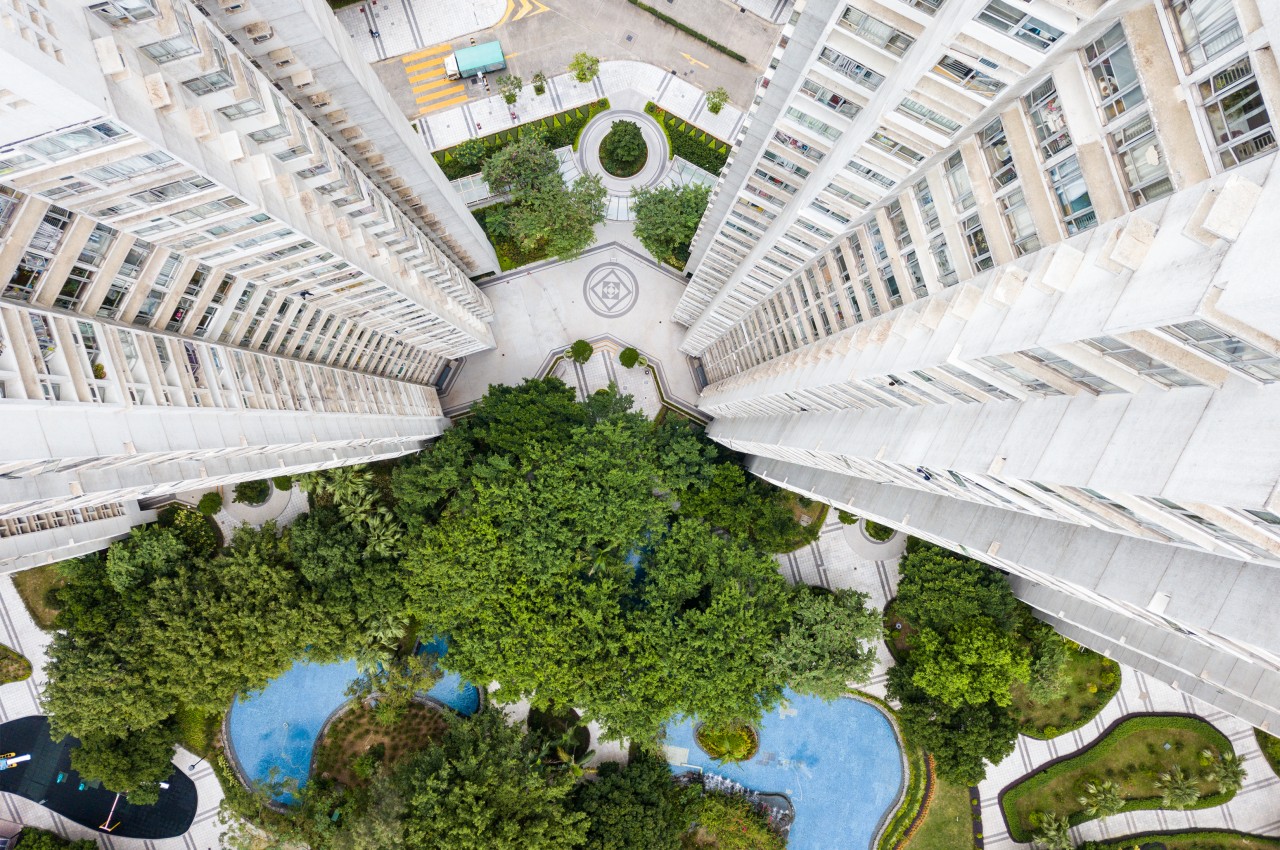
Image courtesy of: leungchopan
Don’t overlook the importance of breakout areas equipped with comfortable seating, offering employees spaces for rejuvenation, relaxation, and connection with colleagues. It’s beneficial to locate these areas outdoors, allowing employees to release stress, soak up some sunshine, and connect with nature.
With the increasing integration of nature into workspaces, innovative designs are emerging to address the challenge of limited access to views and natural light in some workplaces.

